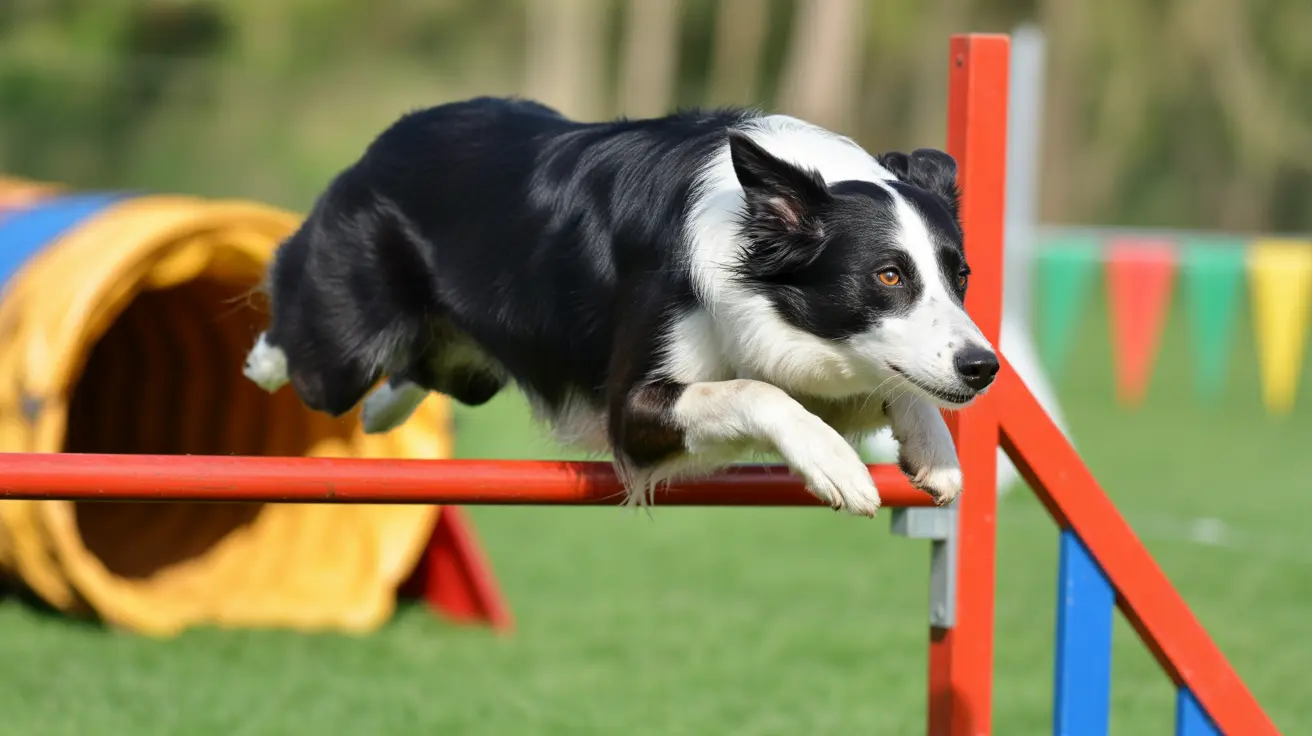Understanding the Rarity of Welsh Springer Spaniels
The Welsh Springer Spaniel is a distinctive and endearing breed known for its rich red and white coat, compact size, and devoted nature. Despite their many appealing attributes, Welsh Springers remain a rare find, particularly outside of their native Wales. This article explores the reasons behind their rarity, their unique traits, and what makes them a hidden gem among dog breeds.
1. Historical Roots and Origin
The history of the Welsh Springer Spaniel dates back several centuries, originating from the old Land Spaniel. These red and white spaniels were used traditionally for hunting and flushing game. The breed was recognized officially by The Kennel Club in 1902 and by the American Kennel Club in 1906.
Though the Welshie shares some ancestry with other spaniels, such as the English Springer, it has remained a separate and distinct breed for over a century.
2. Relative Rarity and Vulnerability
While not completely obscure, the Welsh Springer Spaniel is considered relatively rare. Unlike its more popular cousins, such as the English Springer Spaniel or the Cocker Spaniel, the Welshie has never enjoyed mainstream popularity. In the United Kingdom, it is listed as a vulnerable native breed, reflecting consistently low annual registration numbers.
- Low popularity outside the UK contributes to its rarity.
- Breeders remain dedicated but small in number.
- Demand is modest, often limited to breed enthusiasts.
3. Traits and Temperament
The Welsh Springer Spaniel is often referred to as a "Velcro dog" for its intense loyalty and attachment to its family. These dogs form very strong bonds with their human companions and can be wary of strangers, making them better suited for families prepared to meet their emotional needs. Their temperament is marked by:
- Affection and devotion to family
- Cheerfulness and playfulness with children
- Reserved behavior with new people
- High sensitivity that requires gentle training
4. Physical Characteristics
Welsh Springers are medium-sized sporting dogs with a very recognizable red and white coat. Males typically weigh between 40–55 pounds and stand 18–19 inches tall, while females are slightly smaller. They feature a flat, soft coat with feathering on the legs, ears, chest, tail, and underbody.
5. Health and Lifespan
This is a generally healthy breed with a lifespan of 12 to 15 years. However, they are prone to several health concerns that owners should be aware of, such as:
- Hip and elbow dysplasia
- Hypothyroidism and autoimmune thyroiditis
- Eye issues including entropion, distichiasis, and glaucoma
- Ear infections due to their floppy ears
Responsible breeders conduct health screenings, which helps mitigate some of these risks.
6. Living Needs and Activity Levels
The Welsh Springer Spaniel is not just a lap dog; it is a working breed at heart and thrives with regular activity. These dogs require about two hours of physical and mental exercise daily. Without enough stimulation, they may develop behavioral issues such as:
- Excessive barking
- Destructive chewing
- Digging
They benefit from a securely fenced yard and should not be left unsupervised due to their keen nose and strong prey drive.
7. Training and Intelligence
Welsh Springers are highly trainable but respond best to positive reinforcement techniques. They do not fare well under harsh corrections due to their sensitive nature. Early socialization and puppy training are highly recommended to ensure a well-adjusted adult dog.
8. Grooming Requirements
Grooming this breed is fairly moderate. They require:
- Weekly brushing to prevent mats and tangles
- Monthly baths to maintain coat health
- Regular nail trimming
- Ear cleaning to prevent infections
They are low to moderate shedders and are not hypoallergenic.
9. Suitability and Lifestyle
This breed is ideal for active families who can dedicate time to exercise and companionship. They are not suited for apartment living unless sufficient activity is ensured, and they should not be left alone for extended periods due to a pronounced risk of separation anxiety.
10. Conclusion: A Treasure for the Right Family
While the Welsh Springer Spaniel is rare and may require some effort to find through reputable breeders, it is a rewarding companion for those willing to meet its needs. Their combination of loyalty, energy, and sensitivity make them well-suited to experienced, active dog owners who understand the responsibilities of owning a sporting breed. With proper care, socialization, and engagement, these dogs can become beloved members of the family and thrive in environments that cater to their instincts and affections.





